Head-To-Head: LG G6 Vs. Samsung Galaxy S8
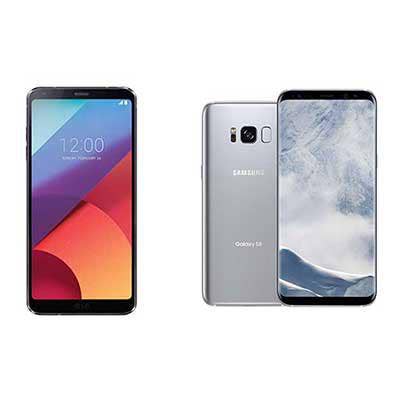
The Future Is Borderless
When Samsung unveiled the Galaxy S8 in late March, the message went something like this: Here is what phones are going to look like from now on. The device features a large display that barely has a border around it, in contrast to many of the leading smartphones on the market. But Samsung was a bit late to the trend by skipping Mobile World Congress in February, where another top Android phone maker, LG, had debuted a nearly border-free device of its own – the LG G6. Which is a better fit for you? In the following slides, the CRN Test Center compares Samsung's Galaxy S8 vs. the LG G6 on specs and price.
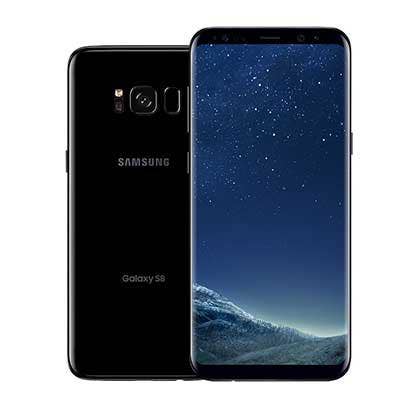
Display
While both phones have minimal bezels around the display, the Samsung Galaxy S8 display is just a bit larger at 5.8 inches diagonally, vs. 5.7 inches diagonally for the LG G6.
The Galaxy S8 display is also higher-resolution, though not by much – the vivid Super AMOLED display has a resolution of 2,960 x 1,440. The LG G6, which has a 2,880 x 1,440 FullVision display, is the first to include Dolby Vision display technology (for, in Dolby's words, "astonishing brightness, contrast, and color").
One difference is that the S8's display curves down over the left and right edges of the phone, unlike the G6 display, which has no such curvature.
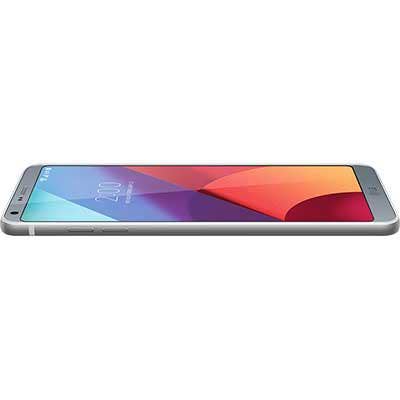
Overall Size
Apart from the appealing look of a nearly bezel-free phone, there's a practical benefit, too: The devices can remain a reasonable size overall even with a lot of screen space. And in fact, the Galaxy S8 and the G6 are nearly the same size. The S8 measures 5.86 x 2.68 inches, while the G6 has just a bit larger width at 5.86 x 2.83 inches. The two phones are also equally thin – with a thickness of 0.31 of an inch for both.
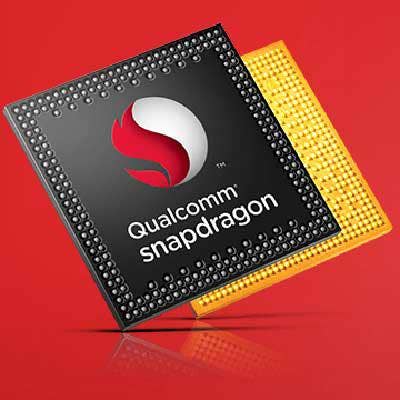
Processor
While the LG G6 and Galaxy S8 are hitting the market at roughly the same time, Samsung was able to secure Qualcomm's newest processor, while LG was not. Most likely, it didn't hurt that Samsung collaborated with Qualcomm on the processor, the Snapdragon 835. The system-on-a-chip features eight cores--four of the cores for intensive processing (running at up to 2.45GHz), along with four cores for less-demanding tasks that can run at slower speeds (and save on battery life).
The LG G6 uses the prior-generation Qualcomm processor, the Snapdragon 821, which has four cores and runs at up to 2.4GHz. Both phones are going to be very fast, no doubt. But it's worth noting that the Snapdragon 835 has other benefits to offer for the Galaxy S8 as well, such as a slower drain on battery life and a smaller footprint inside the phone (the Snapdragon 835 is the first 10-nanometer processor from Qualcomm).
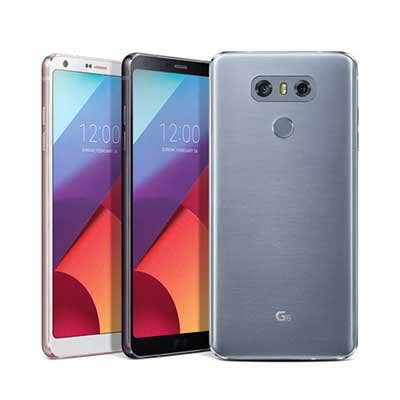
RAM & Storage
To help enable a fast device experience, Samsung and LG are both including 4GB of RAM in their respective devices. Meanwhile, the G6 comes with 32GB of storage. Samsung offers more, with 64GB of storage, and also allows for expandable storage with a slot for a microSD card of up to 256GB.
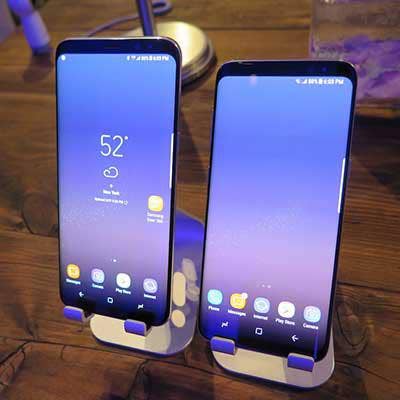
Battery Life
Neither LG nor Samsung has provided an estimate on battery life for their respective devices. The LG G6, however, does have a larger battery, at 3,300mAh. That's compared to the 3,000mAh battery in the Galaxy S8. However, as mentioned, the S8 should gain some battery life advantages by its use of the highly efficient Snapdragon 835 processor.
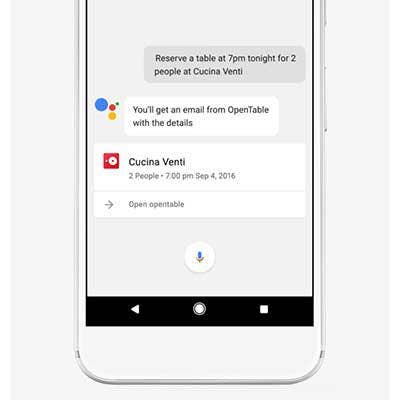
Virtual Assistant
One area where the LG G6 stands out is its integration of the Google Assistant, a virtual assistant that can handle a range of voice-controlled tasks and brings a lot of smarts when it comes to answering questions. Samsung is hoping the Galaxy S8 will also break ground with its virtual assistant, Bixby, which aims to let you do any task with your voice that you would normally need to accomplish with touch. However, voice control for Bixby will not be available right away for the Galaxy S8 -- it'll be arriving some time in the spring, Samsung says. But using some features of Bixby (such as getting information on objects you point the camera at) will be made available at launch.
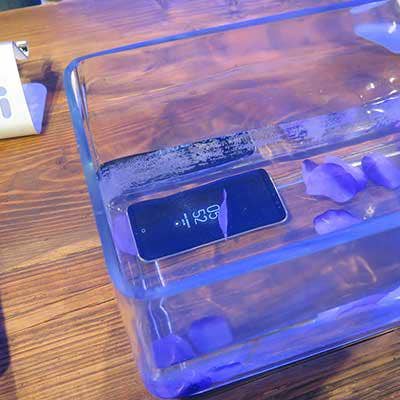
Water Resistance
Both the LG G6 and Samsung Galaxy S8 should fare OK if they end up getting splashed or dropped into water. The two devices are both rated for IP68 – meaning they can survive even after submersion in water as deep as 5 feet, for as long as a half-hour.
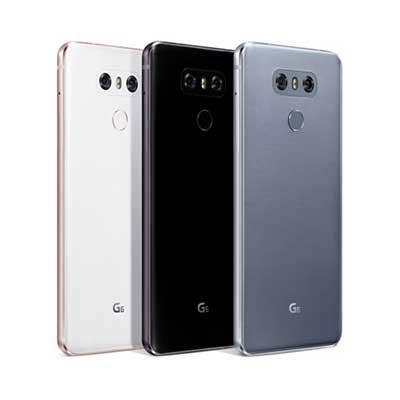
Camera
The LG G6 includes a dual-camera setup of 13-megapixel cameras on the rear-facing side, while the Galaxy S8 has just one rear camera, which shoots at 12 megapixels.
LG says one of the rear cameras is a wide-angle camera with a 125-degree lens, for optimal panoramic shooting. The S8 features dual-pixel camera technology, which has benefits including compensating for poorly lit situations.
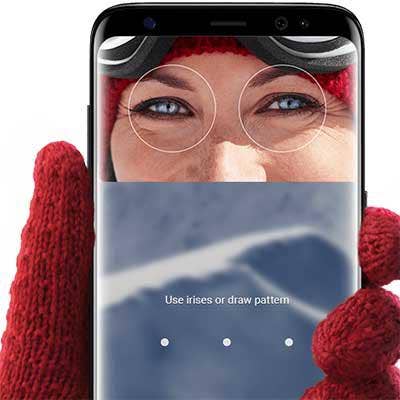
Special Features
Other features of the Galaxy S8 include iris scanning and facial recognition for biometric authentication, and the ability to connect to a special dock to an external display, keyboard and mouse – a feature that Samsung is calling DeX. The feature provides users with a Windows-like Android desktop -- on which users can work both in Android apps and virtual desktops (powered by Citrix, VMware and Amazon Web Services).
Meanwhile, for the G6, LG says that the phone features a wireless charging option.

Price & Availability
The release date for the Samsung Galaxy S8 is April 21, and pre-orders are open now, while the LG G6 has just recently become available in the U.S.
Samsung and LG aren't offering unlocked versions of the devices to start, instead relying on carriers to sell the phones at first. That means there isn't one set price for either the Samsung Galaxy S8 or the LG G6. However, based on the pricing from major carriers, the Galaxy S8 comes out as the more expensive of the two devices.
-- Verizon will be selling the Galaxy S8 for the lowest price among the major carriers, $720. The company is pricing the LG G6 at $672.
-- AT&T is pricing the S8 at $750, and the G6 at $719.
-- T-Mobile is also pricing the S8 at $750 but has the best deal of the carriers on the G6 at $650.
-- Sprint is charging $750 for the S8 as well, and $708 for the G6.